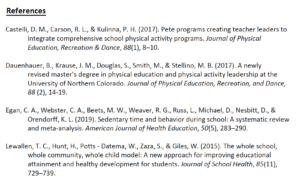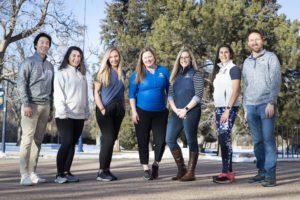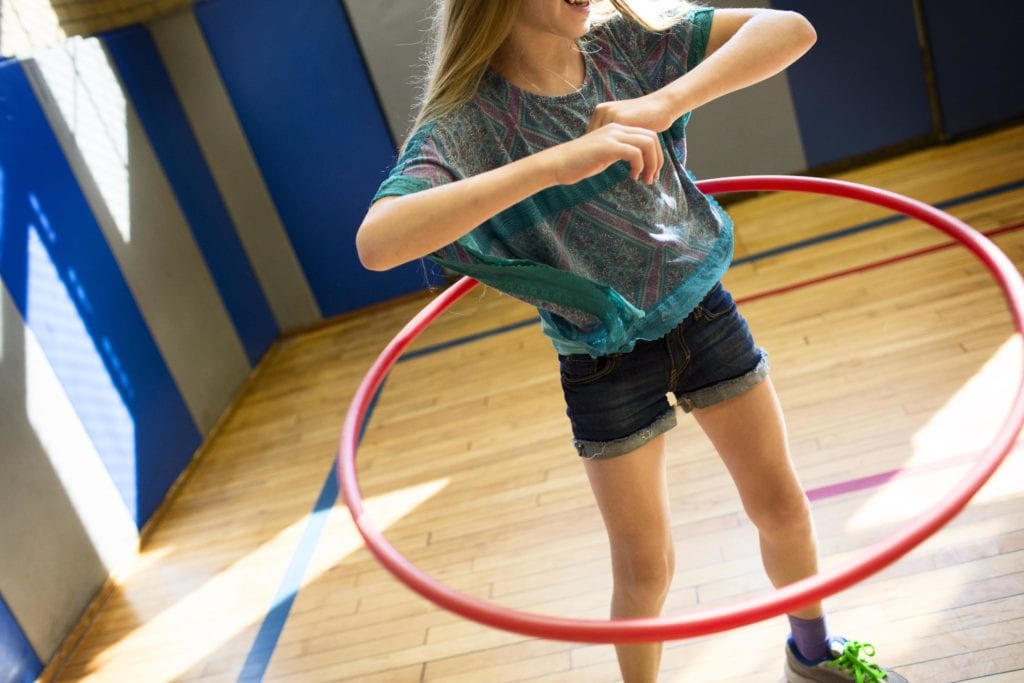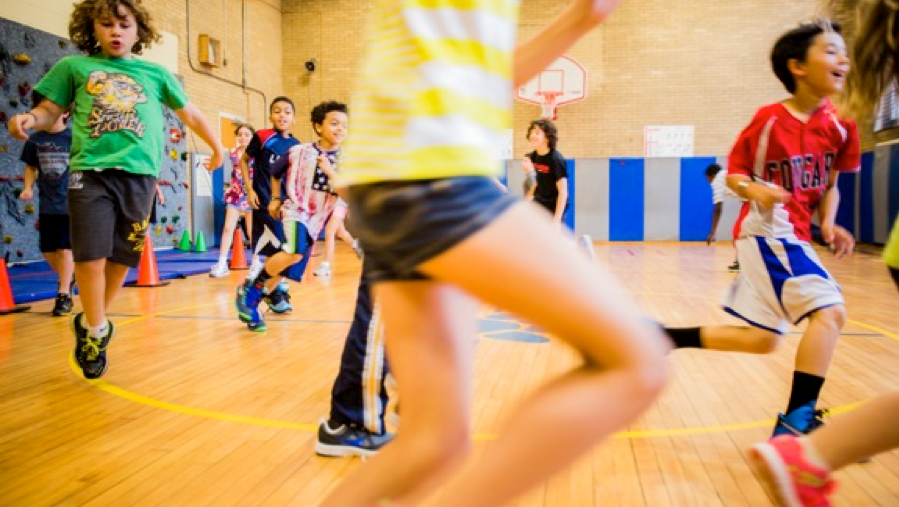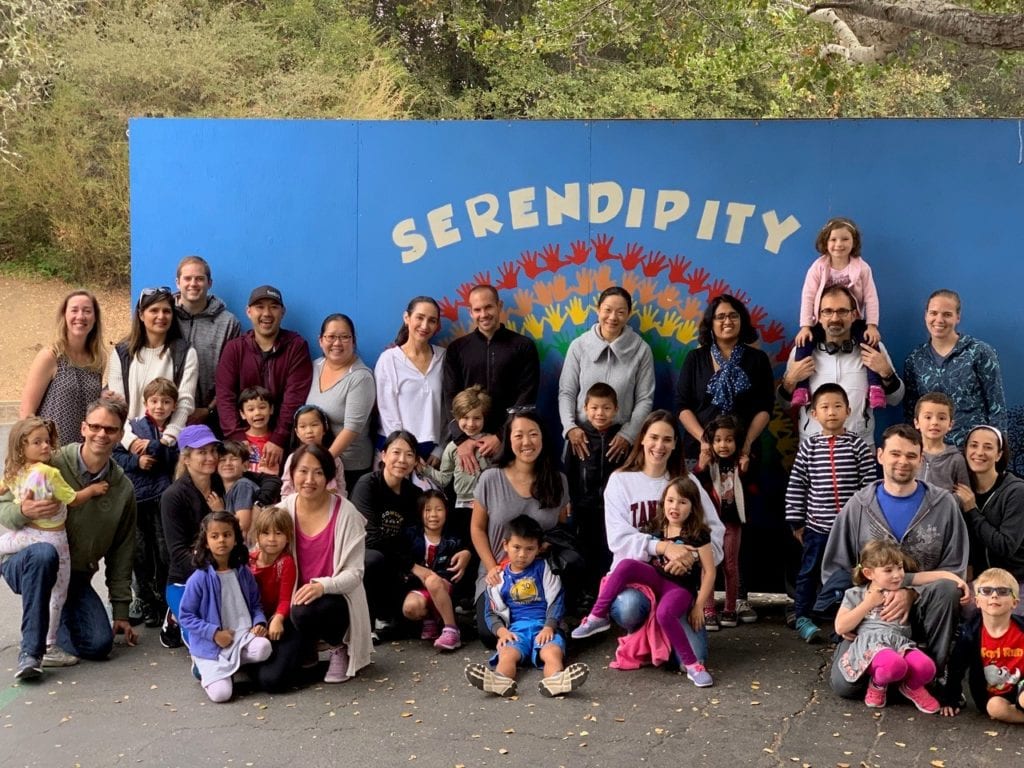By: Brian Dauenhauer, Ph.D., Associate Professor
University of Northern Colorado
By now, everyone knows the extensive benefits of physical activity. Schools, in particular, seem to be becoming more aware that they need to take a wholistic approach to education based on a Whole School, Whole Community, Whole Child model (WSCC; Lewallen et al., 2015) and physical activity is an essential component of any whole-of-school approach. Unfortunately, research suggests that schools are still predominantly sedentary places for kids to be (Egan et al., 2019).
We need to start viewing physical activity as a right, not a privilege. Schools have a responsibility to ensure that every student has access to healthy amounts of physical activity on a daily basis. Physical activity is NOT a reward for students when they complete their work. It is NOT a time-filler during a longer-than-expected transition time. It is NOT a form of enrichment that some students receive when they’ve mastered other content areas. Physical activity is an essential right for ALL students regardless of gender, ethnicity, ability, socioeconomic status, religion, sexuality, or any other personal characteristic. And the reality is, we need to do a better job preparing the current and next generation of teachers to systematically integrate physical activity into the school day.
The idea of having a school Physical Activity Leader (PAL) is not new. Efforts have been made over the years to train teachers and school staff on the knowledge and skills to promote physical activity in schools and many teacher preparation programs around the country have been taking steps to thoughtfully integrate elements of physical activity leadership into their undergraduate and graduate teacher preparation programs (Castelli et al., 2017). It is difficult to know how much these efforts have moved the needle. We do know, however, that we are still not where we want to be in terms of youth meeting daily physical activity recommendations.
In 2021, the national Active Schools movement and the University of Northern Colorado Active Schools Institute entered into a strategic partnership to advance evidence-based practice and professional development around school-based physical activity promotion. The national Active Schools initiative began during Michelle Obama’s tenure as First Lady as Let’s Move Active Schools and has since been adopted by Action for Healthy Kids. The University of Northern Colorado was one of the first universities in the nation to fully integrate physical activity leadership into its online-hybrid master’s program (Dauenhauer et al., 2017) and has developed a unique research institute focused on active schools. Over the next year, the two organizations will be collaborating to develop the next iteration of Active Schools, fondly referred to as Active Schools 2.0, based upon the best available evidence of what works.
Active Schools and the UNC Active Schools Institute will be co-hosting a free Virtual Summit August 1-5, 2022, to unveil a new guiding framework, resources, a national recognition program for PK-12 schools, and a certification program for program-provider organizations. The University of Northern Colorado will be continuing to offer its innovative Master of Arts in Teaching Physical Education and Physical Activity Leadership program designed for current educators wishing to expand their knowledge and skills around quality physical education and school-based physical activity promotion. If physical activity is truly a right and not a privilege, we need to ensure that every educator is prepared to be a Champion for Active Schools.
*Elements of this article were also published online by PHE America.
